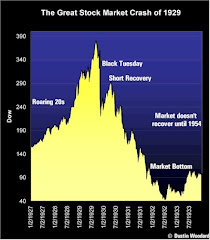The debate over double dipping teachers has raised some valid points. In the Toronto Star there was an article about this Canadian teachers and their fat-cat pensions
How much is sufficient retirement income?
Consider this:
- A public sector pension valued at $40,000 a year would require you or I to have a RRSP or pool of money set aside of about $640,000 to cover this amount of income. How big is your RRSP?
- The $40,000 does not include the CPP that a public sector employee will earn. This is another $11,000 per year.
- The target on a public sector is 70% of income. This year the highest earning teachers will retire with an income of $95,000 generating a $66,500 pension including CPP. The $40,000 that the OTTP sends out includes teachers who have been retired for 30 years or more. A more accurate number would be what is the average new pension this year?
- The average working Canadian earns a little over $40,000 per year.
- The single largest expense for Canadians after taxes is the cost of housing. In Canada 85% of seniors over 65 have their home mortgages paid off. In the higher income groups it is probably larger. This in itself is a 30% reduction in the cost of living.
- There are dramatic reductions in the cost of living for retirees. They pay no more CPP contributions 4.95% of YMPE income. No more EI premiums, cost of clothing for work, transportation and lunch allowances.
- The average Canadian has an RRSP value of $25,000.
- Finally on the issue of fairness the public sector employee will have paid a contribution of between 7% to 9% for a 70% pension. A self-employed person will have paid 25% of income for a 25% CPP pension.




You may be diligently saving for retirement, but have you ever wondered what your income will actually be when the time comes. Increasing your retirement income is a top priority for people planning to retire and current retires.
ReplyDeletepensions